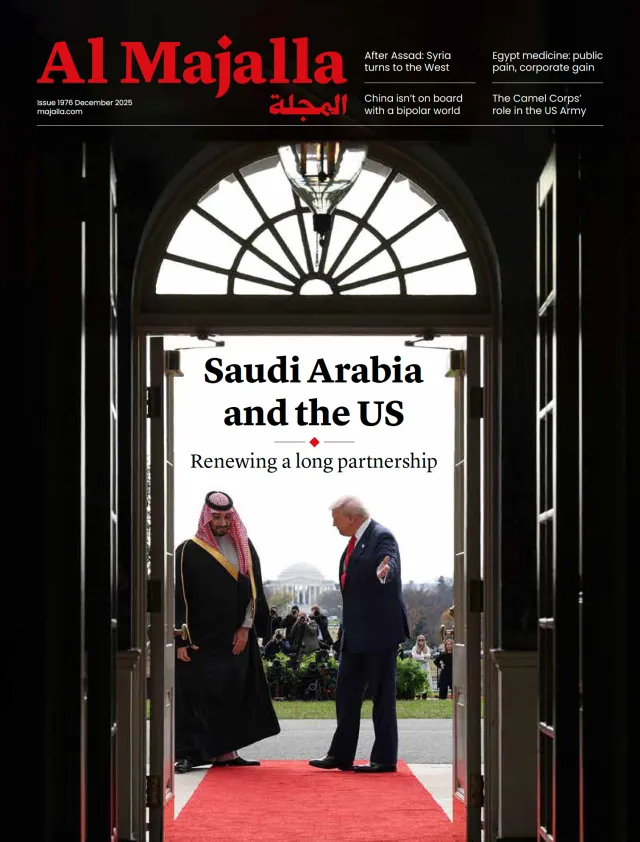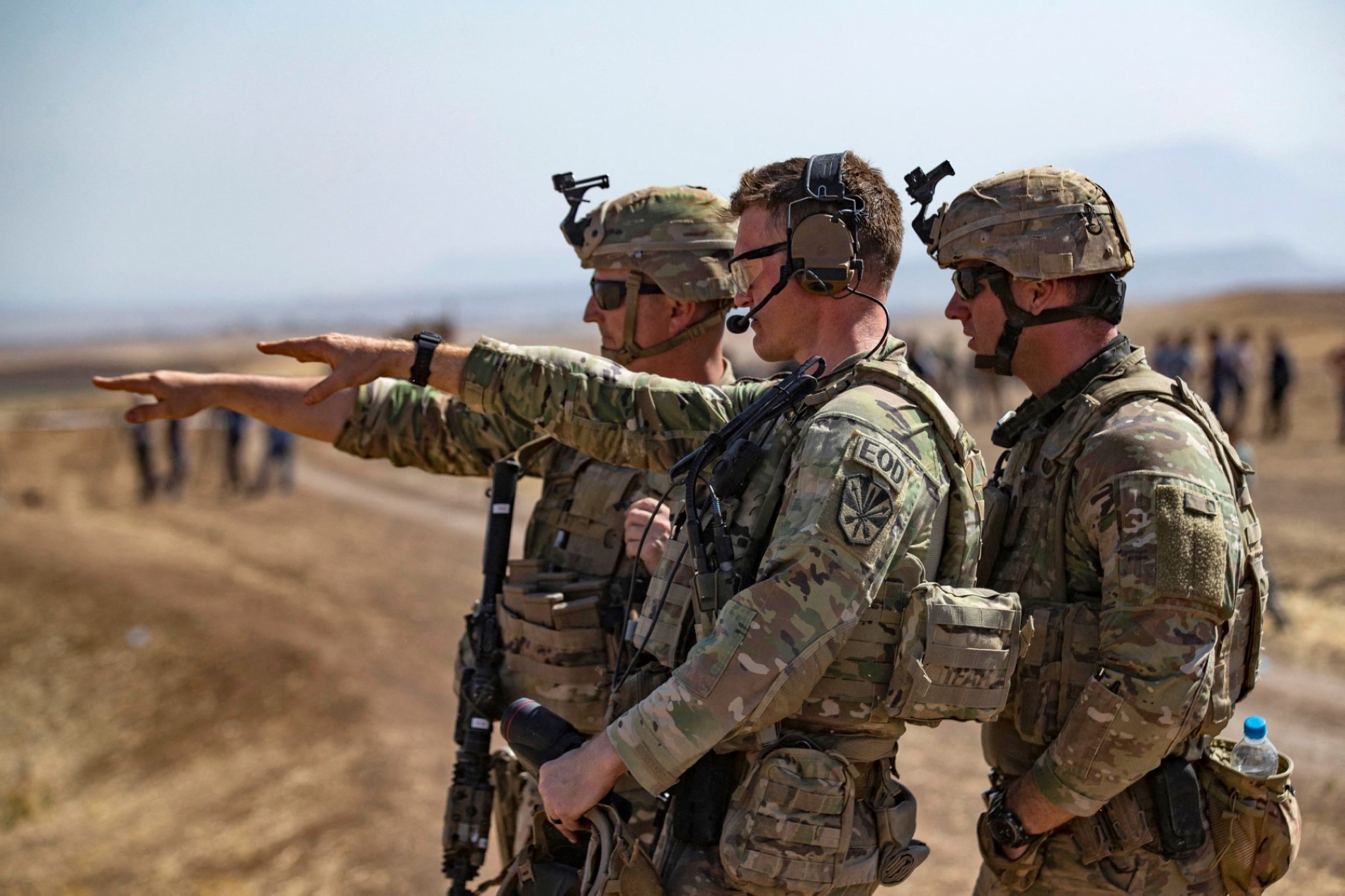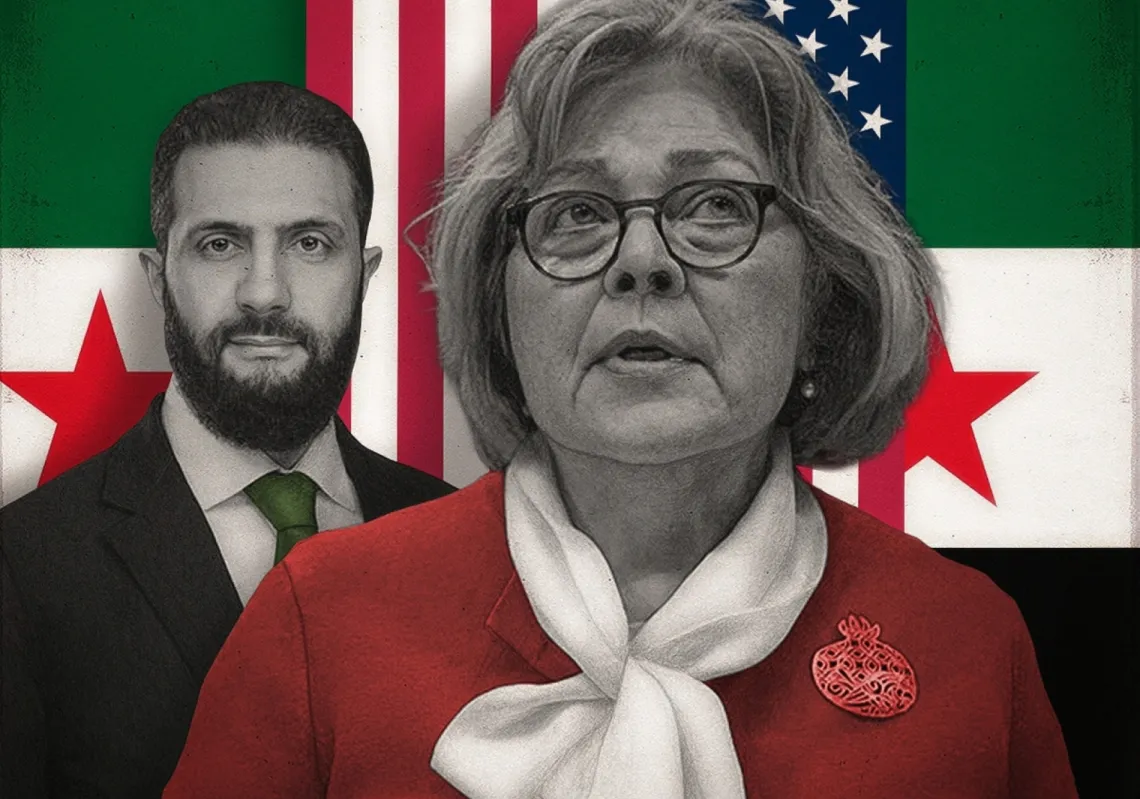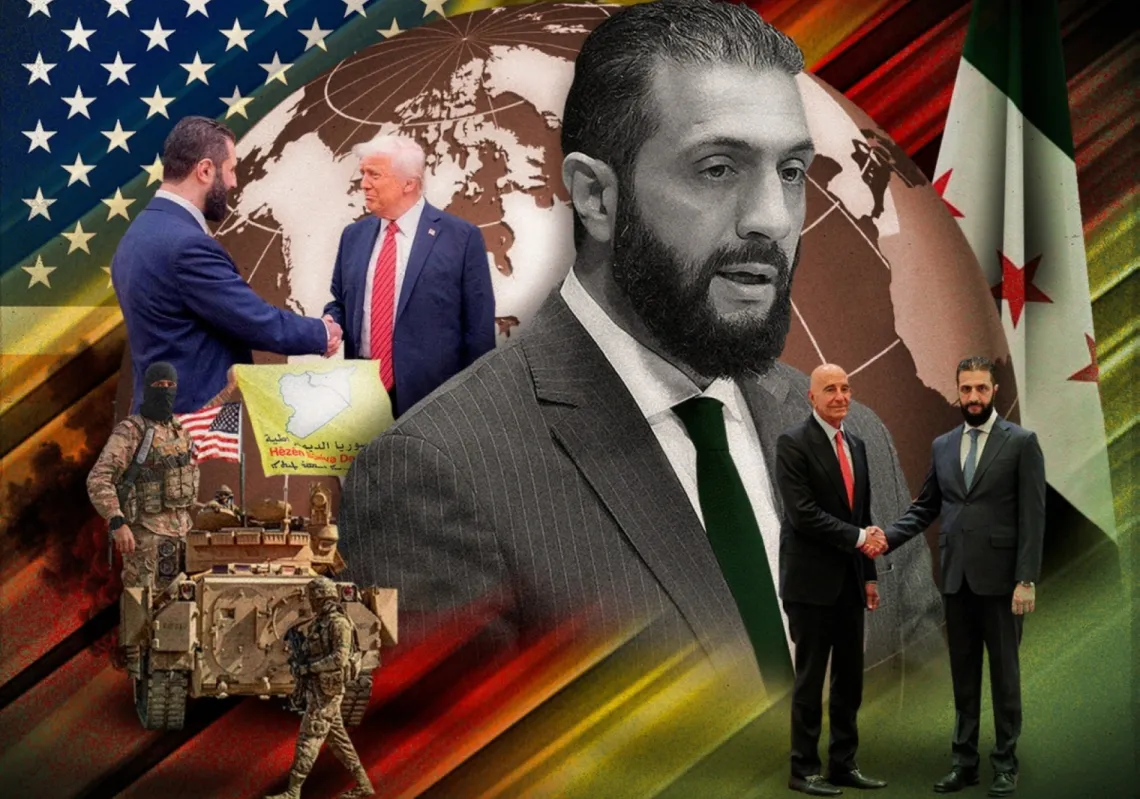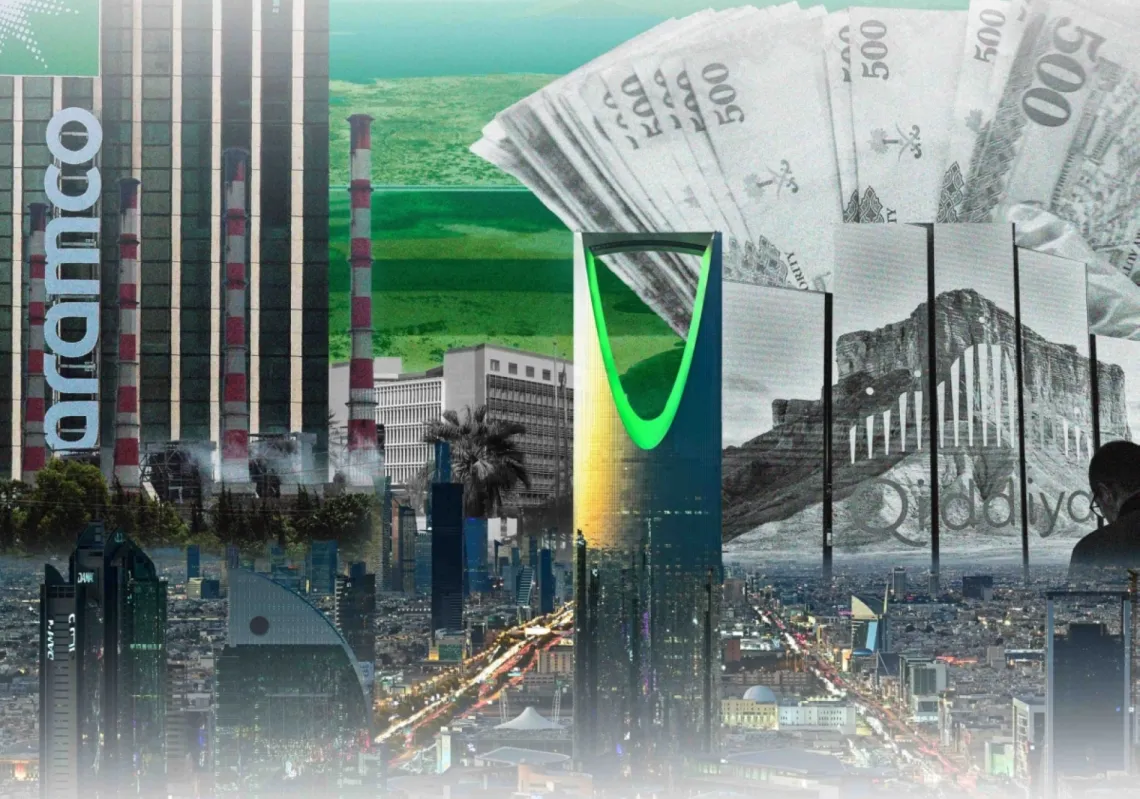Syria’s transitional President Ahmed al-Sharaa made history this past week, becoming the first Syrian leader to visit Washington, DC and meet with a US president inside the White House. The fact that he did so less than a year into Syria’s post-war transition and as a former Al-Qaeda commander made it even more extraordinary.
In his two-day visit, al-Sharaa met President Donald Trump, Secretary of State Marco Rubio, Chairman of the Joint Chiefs Dan Caine, leaders from the Senate and House of Representatives and more than 30 CEOs and senior directors from America’s business community.
Since walking into Damascus in December 2024, al-Sharaa and his foreign minister, Asaad al-Shaibani, have achieved remarkable foreign policy successes. Driven by the historic opportunity that change in Syria presents, Damascus has played host to visiting delegations from more than 80 countries and multilateral organisations over the past 11 months.
That represents a wave of official engagement that no post-war country has come anywhere close to matching. But there can be little doubt that Trump’s decision to meet al-Sharaa in May 2025 may prove to be the most consequential achievement of them all.
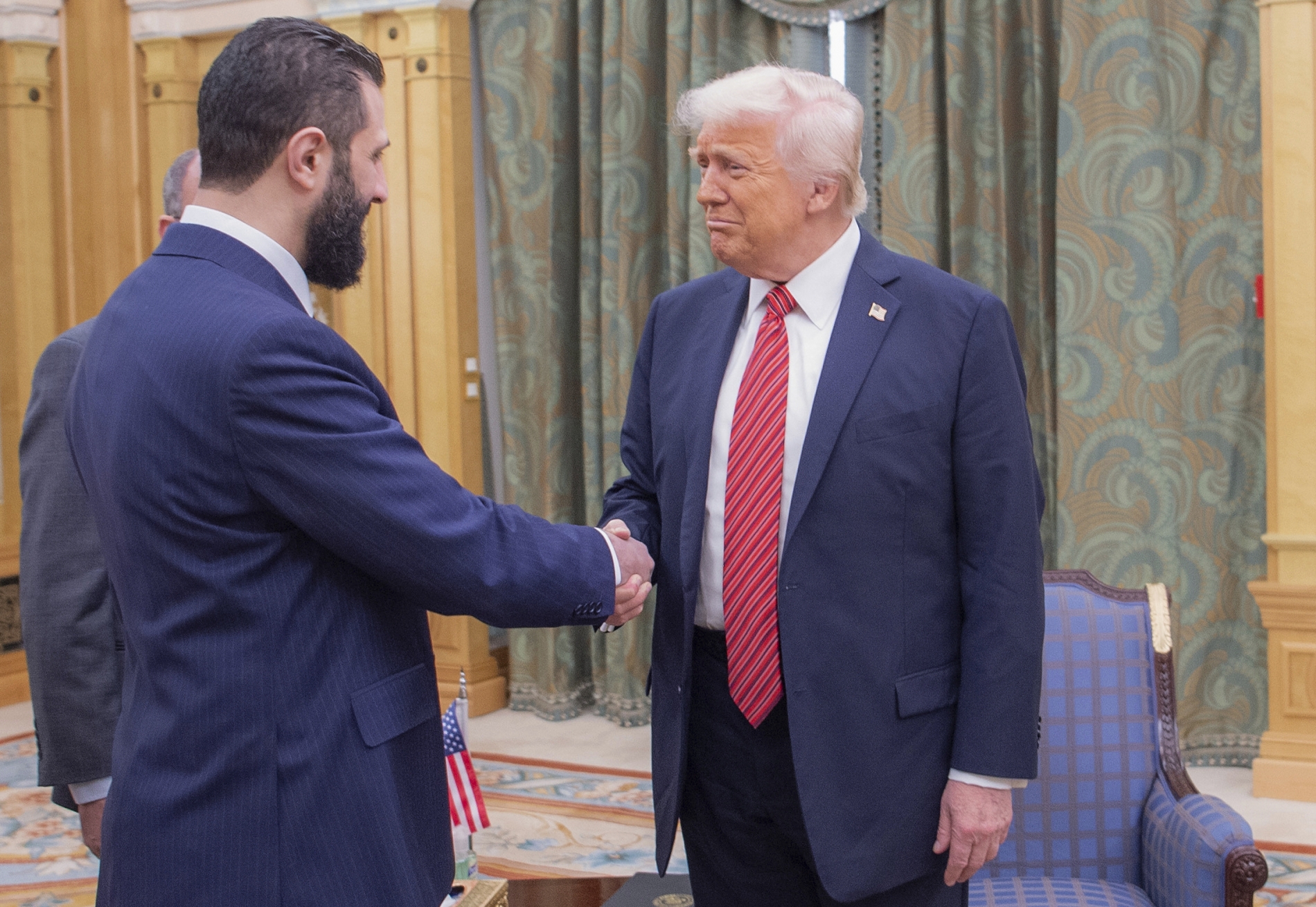
Growing relations
Since that historic meeting in Saudi Arabia in May, US-Syria relations have grown considerably. Since the Trump administration began lifting and waiving sanctions in late May, American interest in investment opportunities in Syria has surged. From the oil and gas sector, to technology, construction, logistics, service providers, transportation and finance, US delegations have flocked to Damascus for meetings with al-Sharaa and his cabinet.
The US Chamber of Commerce and the newly established US-Syria Business Council have been instrumental in facilitating introductions and substantive talks. Chevron and ConocoPhillips are in advanced talks with the Energy Ministry. Mastercard has returned to Syria, and Visa is on its way. Google and Meta are both cooperating with the Information Ministry in countering disinformation, among other developments.
Syria’s Minister of Economy, Nidal al-Shaar, presented his government’s vision for a financial system modelled on America’s, while Central Bank Governor Abdulkader Husrieh and Finance Minister Mohammed Barniyeh have been in Washington, DC and New York for official engagements several times in 2025.

